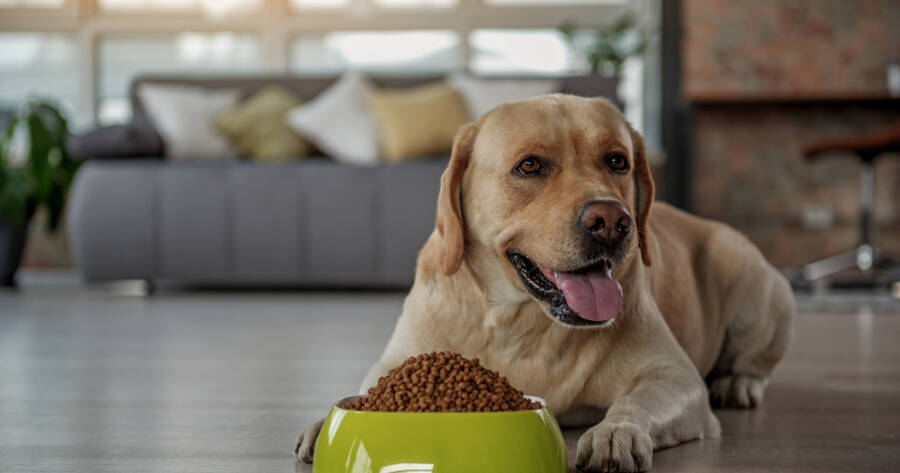Pet nutrition is one of the most debated topics among veterinarians, owners, and food manufacturers. Over the last decade, grain-free pet foods have surged in popularity, promising diets that more closely resemble what dogs and cats might eat in the wild. Many pet parents are drawn to grain-free formulas, believing they are healthier, easier to digest, or better for allergies. Yet grain-free diets remain controversial, with ongoing questions about their safety and long-term benefits.
The Appeal of Grain-Free Diets
Grain-free pet foods gained traction as many owners became more health-conscious and began applying the same principles to their pets’ diets. The idea of eliminating corn, wheat, and soy resonated with those concerned about fillers or potential allergens.
Grain-free labels often highlight high-protein ingredients like meat, fish, or legumes, making the food appear more natural. For dogs and cats with sensitive stomachs or diagnosed grain allergies, these diets can provide genuine relief from digestive issues and skin irritation.
Concerns Raised by Veterinarians
Despite their popularity, grain-free diets have been linked to potential health concerns. In 2018, the U.S. Food and Drug Administration (FDA) began investigating a possible connection between grain-free dog foods and cases of dilated cardiomyopathy (DCM), a heart condition.
Many of the reported cases involved diets heavy in legumes such as peas or lentils used in place of grains. While research is ongoing and no definitive cause has been confirmed, the investigation has raised awareness among pet owners and veterinarians about the risks of feeding grain-free diets exclusively.
The Role of Marketing in Popularity
The growth of grain-free foods has also been fueled by strong marketing. Phrases like “ancestral diet” or “natural formula” appeal to owners who want to provide the best for their pets.
However, it’s important to remember that dogs, unlike wolves, have evolved over thousands of years to digest a variety of foods, including grains. While cats are obligate carnivores that require meat as their main nutrient source, most healthy pets do not need grain-free diets unless specifically recommended by a veterinarian.
Are Grains Really Harmful?
One of the biggest misconceptions is that grains are inherently bad for pets. In reality, most dogs and many cats can digest grains without issue. Whole grains like rice, oats, or barley provide fiber, vitamins, and energy that support overall health.
True grain allergies in pets are rare; more often, food sensitivities involve proteins like chicken or beef. For many pets, the presence of healthy grains in a balanced diet poses no risk and can even support long-term wellness.
Choosing the Right Diet for Your Pet
The decision between grain-free and grain-inclusive diets should be based on your pet’s individual health needs, not just trends. Pets with confirmed allergies or digestive problems may benefit from grain-free options, but for most, a high-quality diet with balanced nutrients is more important than whether grains are included.
Consulting with a veterinarian before making a major diet change is always recommended. They can help determine whether a grain-free diet is appropriate or if other adjustments may better support your pet’s health.
Balancing Trends with Evidence
Grain-free pet foods remain popular because they align with owner preferences for natural and allergy-friendly diets. However, their controversy highlights the importance of separating marketing claims from scientific evidence.
While some pets may thrive on grain-free diets, most do not require them, and concerns about potential health risks are still being studied. For pet parents, the best approach is to focus on balanced nutrition, consult with veterinarians, and remember that the healthiest diet is one that supports both your pet’s well-being and long-term vitality.

